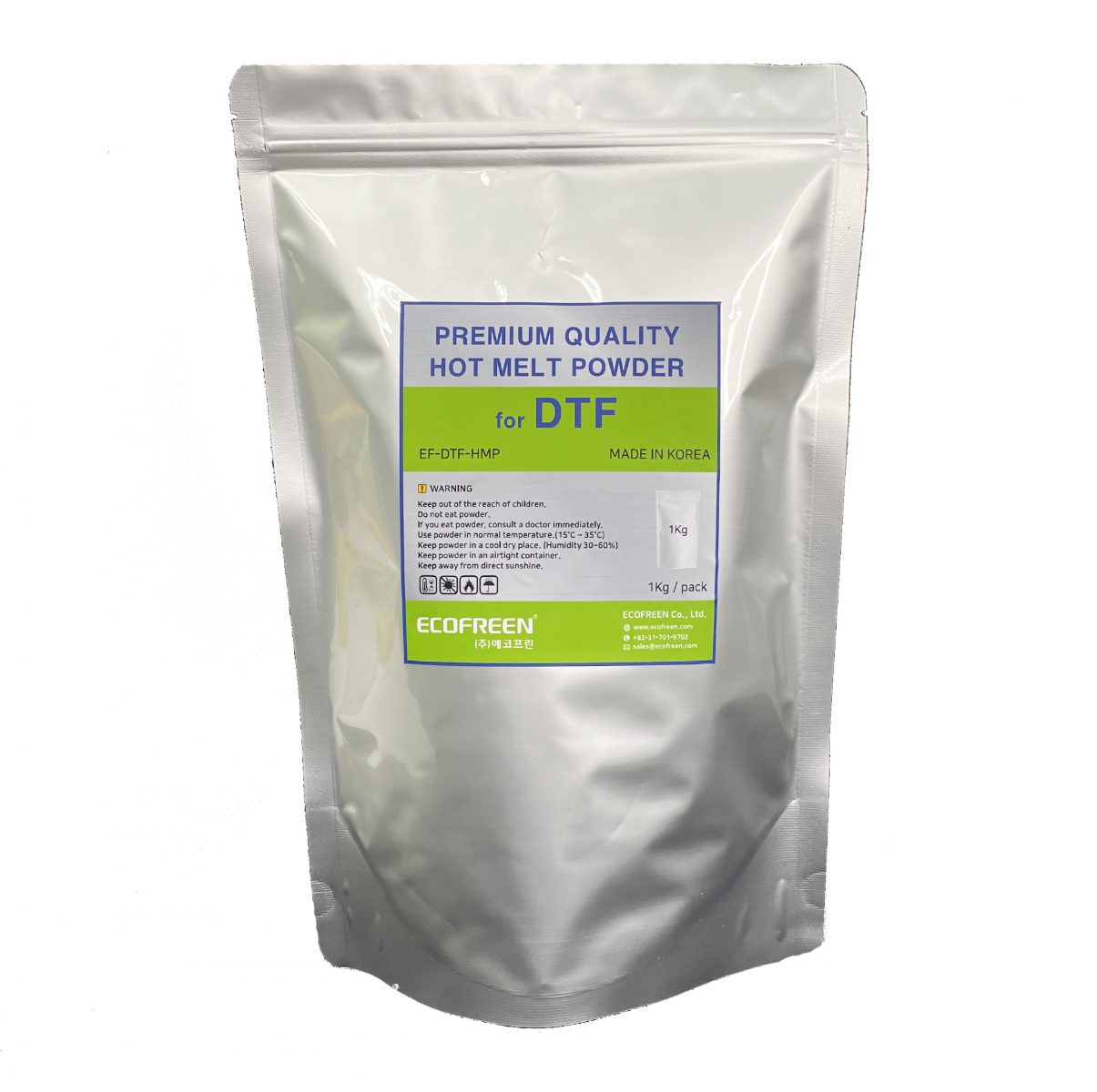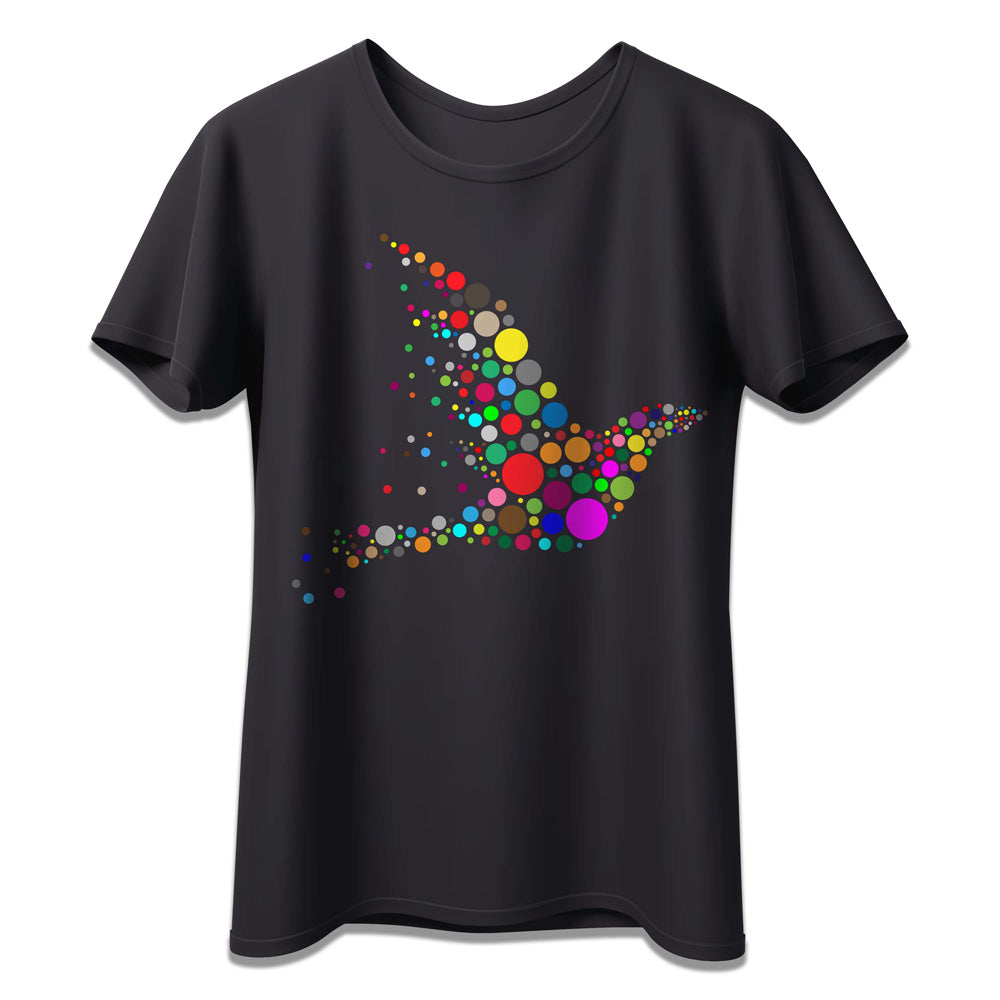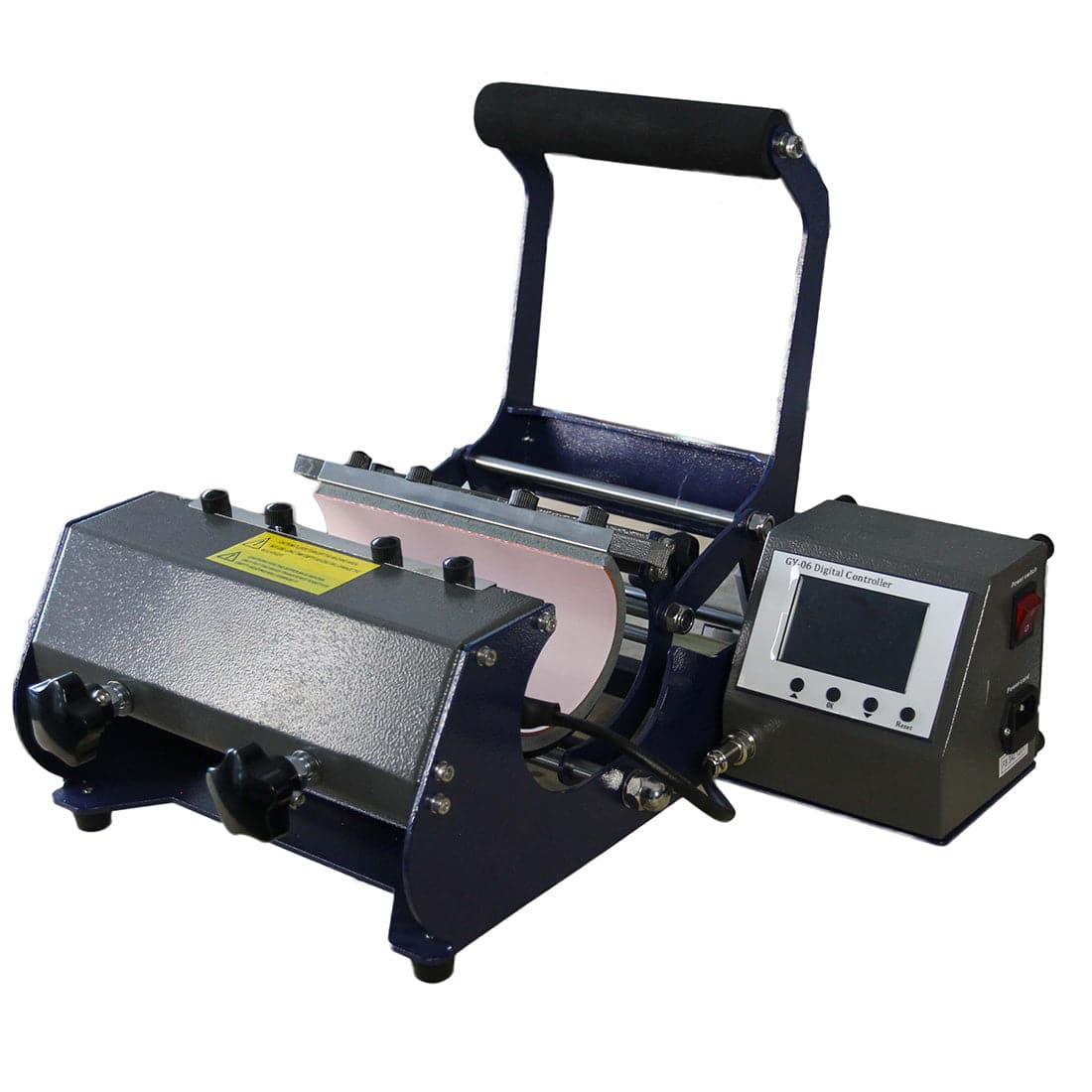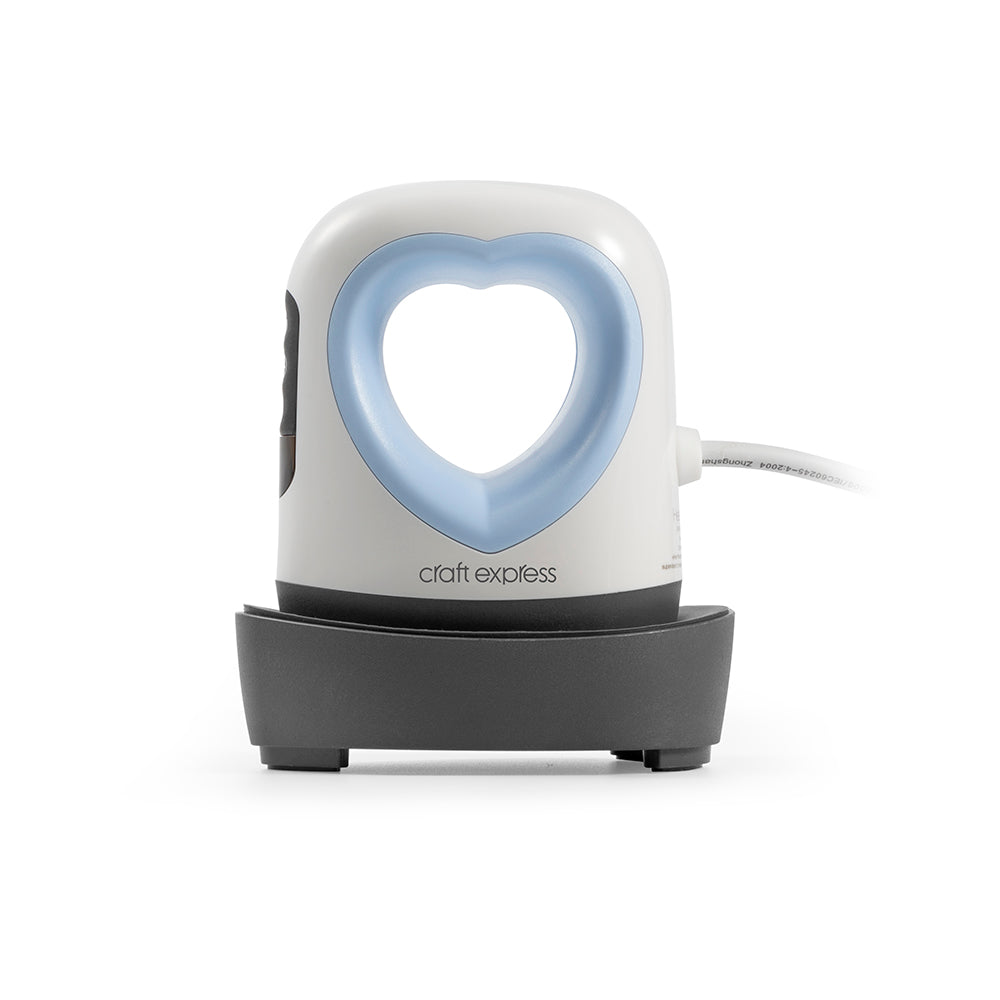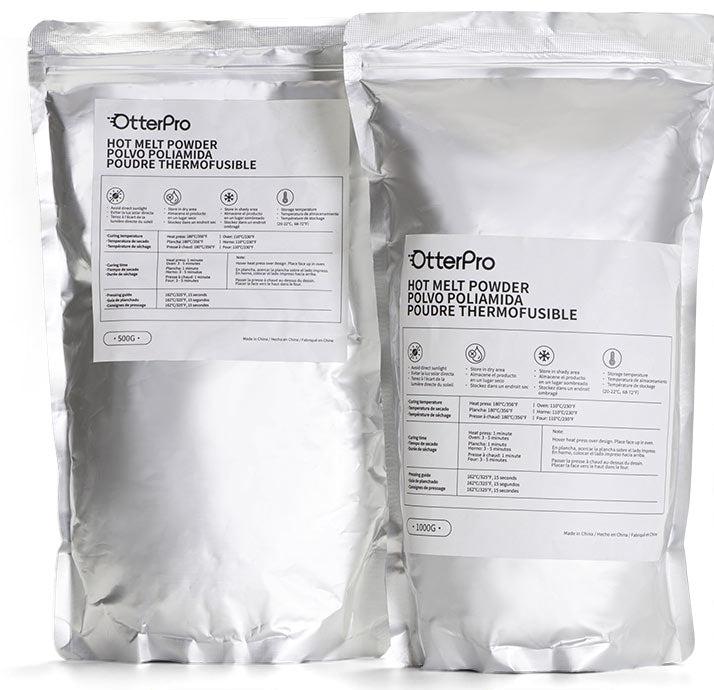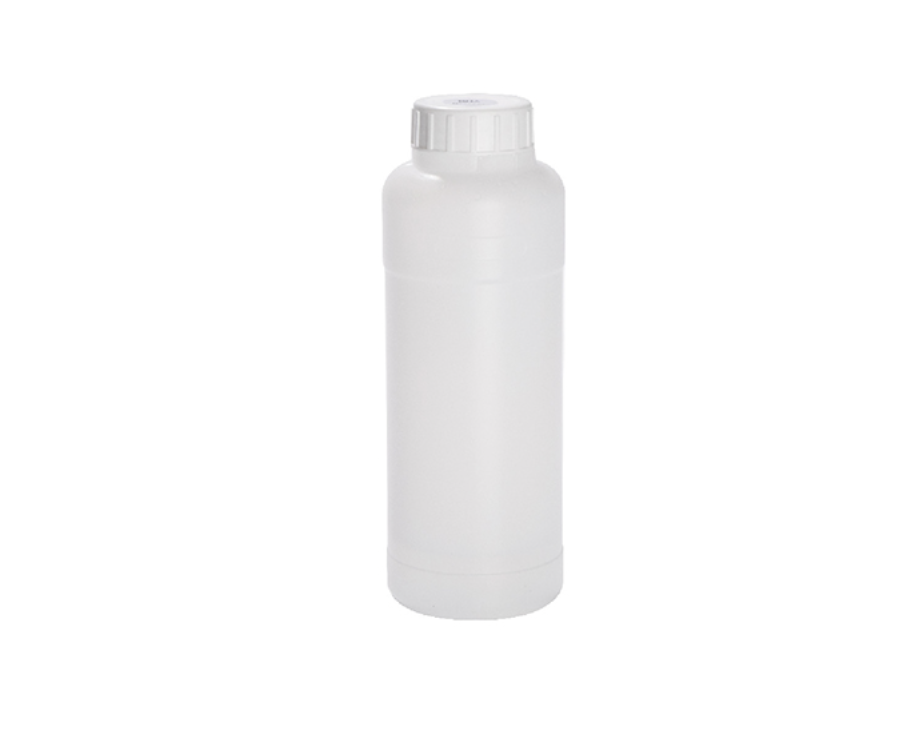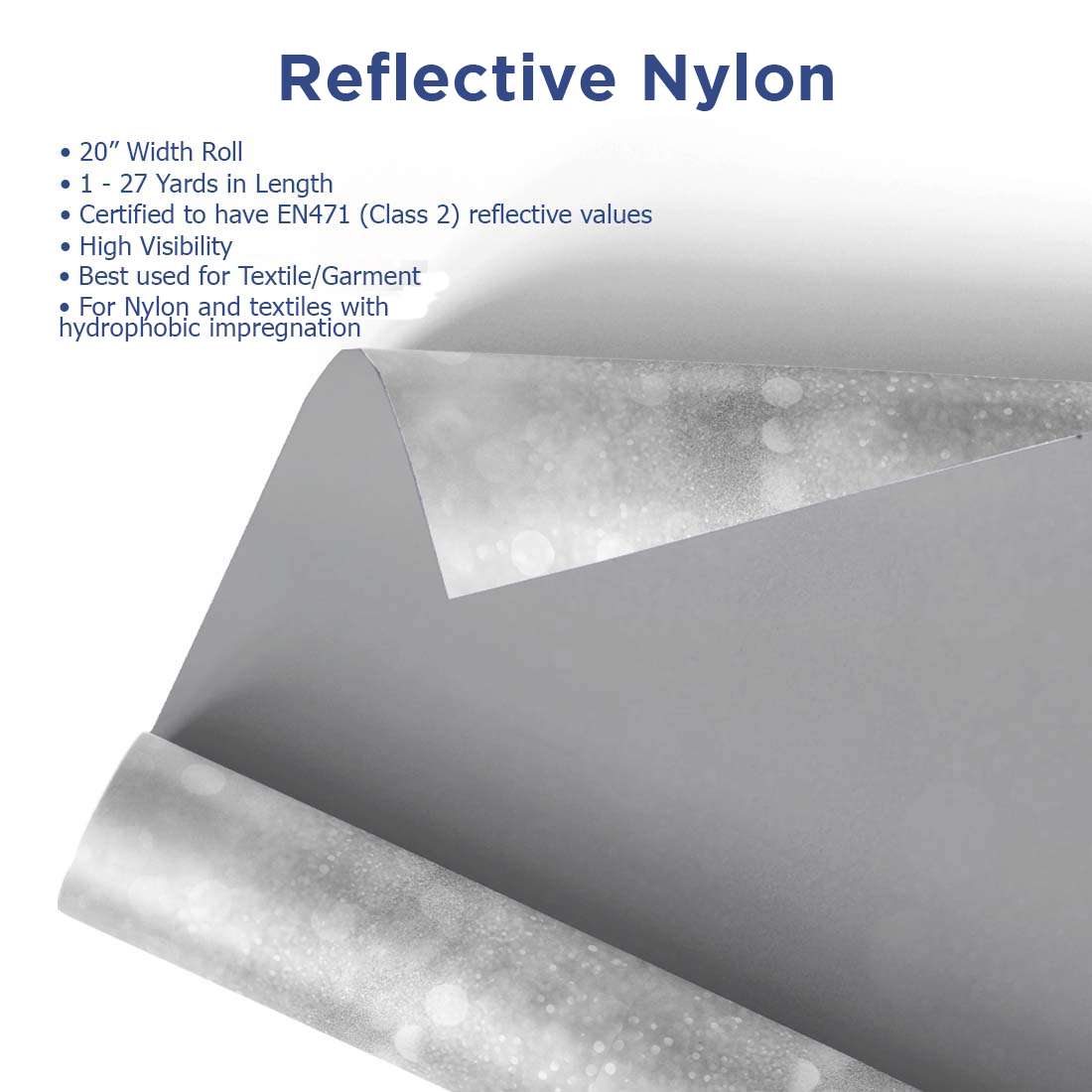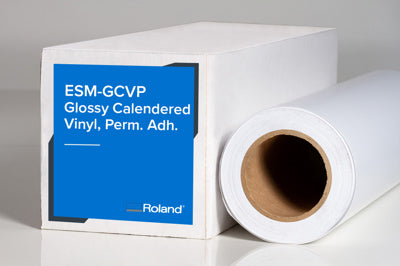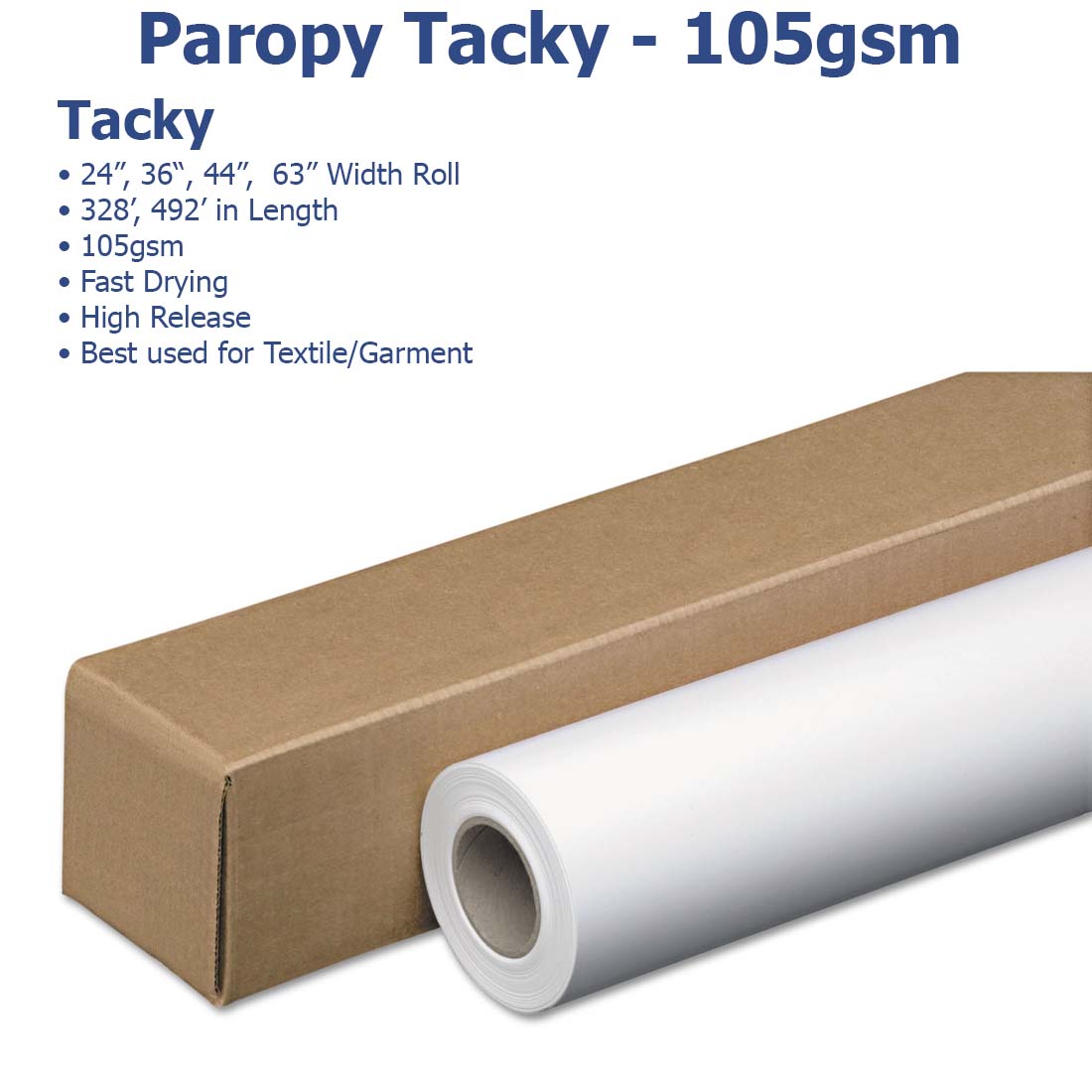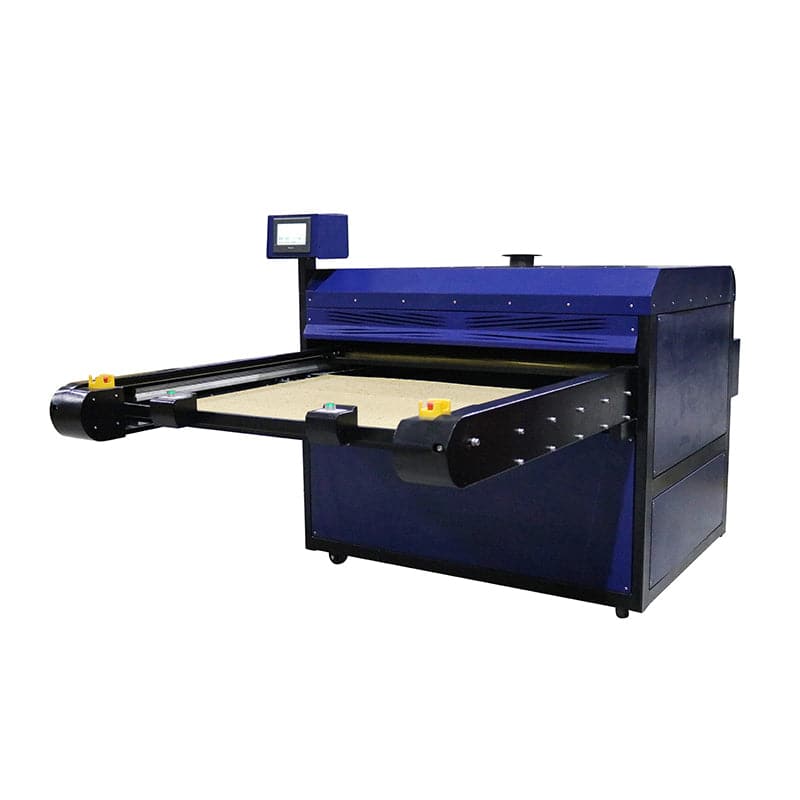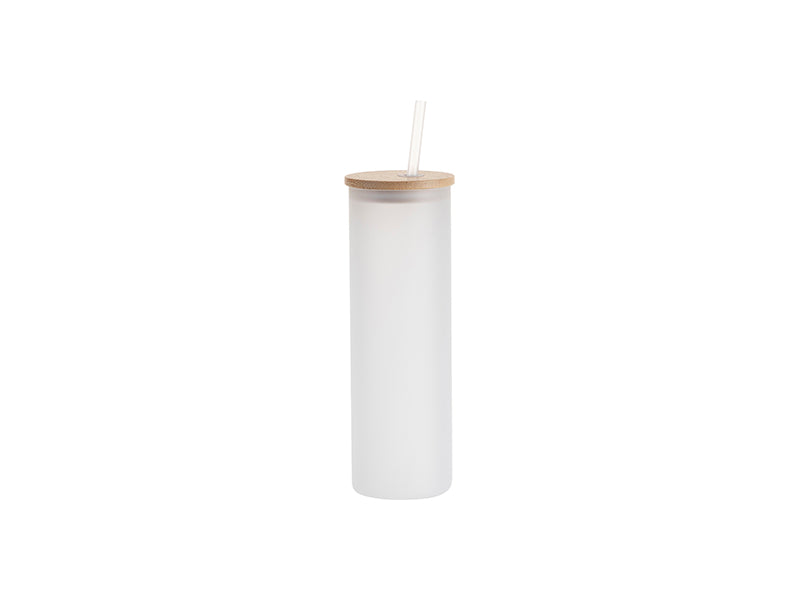 Everything you need to know about sublimation paper! Learn how sublimation printing works, what materials you need, and explore top tips for best results.
Everything you need to know about sublimation paper! Learn how sublimation printing works, what materials you need, and explore top tips for best results.
What Is Sublimation Paper?
Sublimation paper plays a crucial role in creating vibrant, long-lasting prints on mugs, t-shirts, and other sublimation blanks. It’s specially designed to hold sublimation ink, which is released when heat and pressure are applied. The real magic happens on sublimation blanks, which are coated with a special finish like Pearl Coating™, allowing your designs to transfer beautifully and become permanent prints. Think of sublimation paper as the medium that brings your designs to life.
How Does Sublimation Paper Work?
It’s all about the heat! When you press your sublimation paper onto your blank (like a t-shirt or mug), the ink on the paper turns into gas. The fabric’s fibers or the Pearl Coating™ on sublimation blanks open up, allowing the gaseous ink to bond, leaving a design that becomes part of the item. Once cooled, the ink solidifies, making your print super durable—no cracking, peeling, or fading!
What Do You Need for Sublimation Printing?
To get started, you’ll need three main items: sublimation paper, a sublimation printer, and a heat press machine. Without these, it’s like trying to bake a cake without flour or an oven! Some extra tools, like thermal tape and scissors, help perfect your design.
Essential Tools for Sublimation Printing
- Sublimation printer (like Epson or Sawgrass)
- Sublimation ink
- Sublimation paper
- Heat press (tumbler, mug, or flat press)
- Heat-resistant tape
- Scissors and teflon sheets
Sublimation Paper vs. Heat Transfer Paper
Although they might seem similar, sublimation paper and heat transfer paper have different properties and applications. Sublimation bonds the ink directly into the fabric’s fibers or the Pearl Coating™ on sublimation blanks, leaving no film or layer on top—just the design itself. Heat transfer paper leaves a film on the surface of the item, which can feel stiff and may crack over time. Sublimation prints are smooth, vivid, and long-lasting.
Key Differences:
- Material Compatibility: Sublimation requires polyester or polymer-coated blanks, while heat transfer paper can work on cotton or poly-cotton blends.
- Feel and Durability: Sublimation results in vibrant, long-lasting prints with no “feel” on top, while heat transfer paper may crack and peel over time.
- Ideal Usage: Heat transfer paper is better for dark colors and cotton fabrics, but may not last as long as sublimation prints.
How to Choose the Best Sublimation Paper?
Not all sublimation papers are created equal! When picking the right paper, consider factors like high transfer rate, fast drying speed, and ink-saving performance. Higher GSM papers tend to hold more ink and transfer vibrant colors, so choosing the right weight for your project is essential.
Factors to Consider When Selecting Sublimation Paper
- Transfer Rate: A high transfer rate (98%+) ensures more ink moves to your blank.
- Drying Speed: Fast-drying paper means less smudging and quicker results.
- Ink-Saving Performance: Choose papers that use less ink while still giving you bright, bold colors. This helps you save on materials while ensuring top-notch results.
What Is The Best Sublimation Paper?
There are tons of options, but the best sublimation paper will have fast drying times, a high transfer rate, and give you crisp, clear prints. Look for papers around 100-120 GSM for most projects.
The Takeaway
No matter what you’re printing on, sublimation paper is your best friend for creating vibrant, long-lasting designs. Make sure to pair it with a good printer, sublimation ink, and the right heat press, and you’re all set!
FAQ:
-
How can I prevent my sublimation paper from curling or warping?
Make sure to choose the right GSM for your environment and design. A heavier paper (110gsm+) works better for designs with heavy ink usage or higher humidity levels. -
Can I reuse sublimation paper?
No, once the ink has been transferred, the paper can’t be used again. It’s a one-and-done deal! -
Which is better, sublimation or heat transfer?
Both have their uses, but sublimation provides more durable, vibrant prints, while heat transfer works better on darker fabrics and cotton blends. -
Can I use any printer for sublimation printing?
Nope! You’ll need a printer compatible with sublimation ink, like certain Epson or Sawgrass models. Your regular office printer won’t do the job. -
Why can’t I use regular ink with sublimation paper?
Sublimation requires special dye sublimation ink that turns into gas when heated. Regular ink just won’t cut it—it won’t transfer or last. -
What makes sublimation paper different from regular paper?
Regular paper isn't designed for sublimation ink—it will smear or fade. Sublimation paper, however, is specially engineered to hold onto the ink until it's transferred to your fabric or object during the heat press, ensuring vivid, clear images every time.








